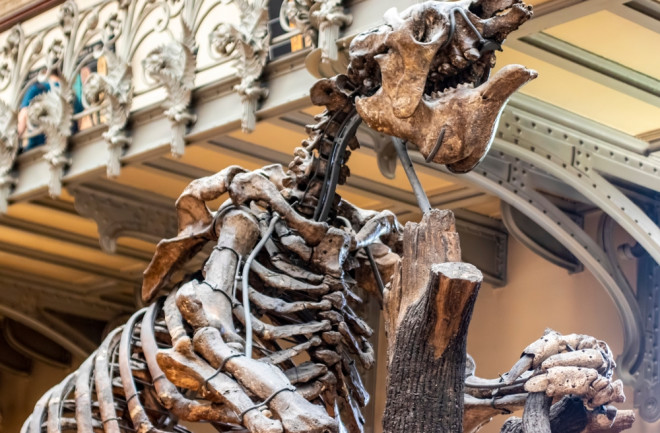Sloths live in perpetual slow motion in the tropical rainforests of Central and South America today. But Roughly 10,000 years ago, a family of ancient, giant relatives would roam any number of terrains in the Americas.
Giant ground sloths were directly related to their modern-day cousins, which are arboreal, or tree dwelling, and are limited in how big they can grow. But the largest of the land dwelling giant ground sloths, Megalonyx jeffersonii, could grow up to an astonishing three meters long (9.8 feet) and may have weighed up to a ton (2,205 pounds).

